Artist Robyn Sand Anderson, believes non-objective painting can express those things that are hard to understand or explain. Her exhibit, entitled “Magnificat & Seiben Antiphonen with Nunc Dimittis, An Interpretation Of Composer Arvo Pårt’s Work in Color, Movement and Texture,” includes a series of paintings created in response to settings of the seven “O Antiphons,” traditional music of the Western Christian church composed in celebration of the last seven days of Advent.
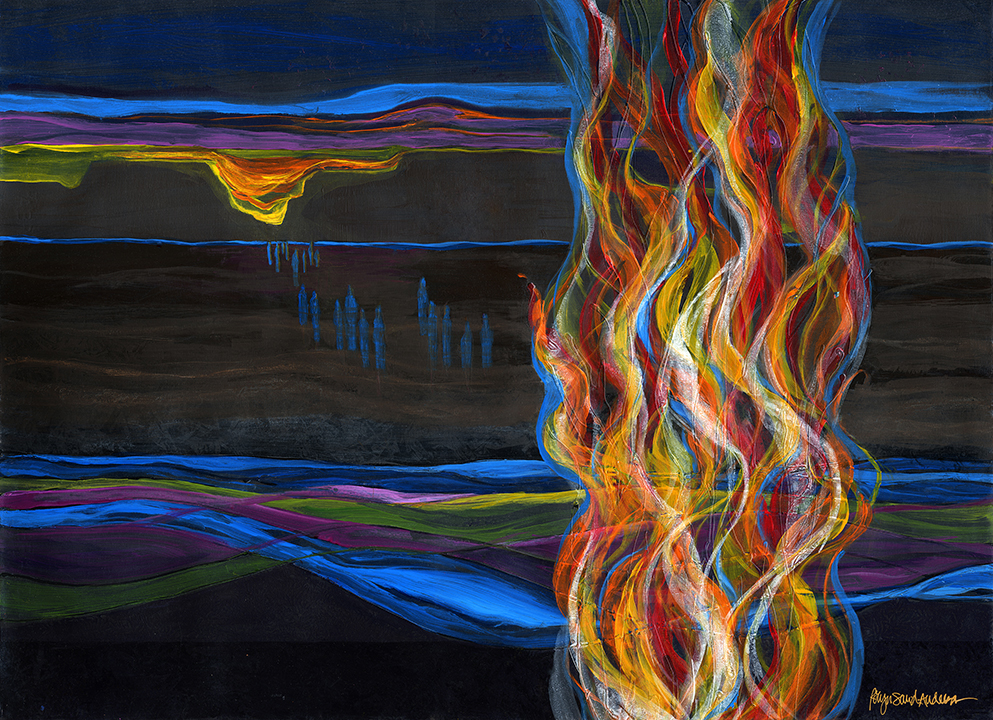
Robyn Sand Anderson, II. O Adonai, 2016
I listen to the music over and over until it becomes part of me, in a sense. I listen and visualize color and movement.—Robyn Sand Anderson, speaking of her process in creating this series.
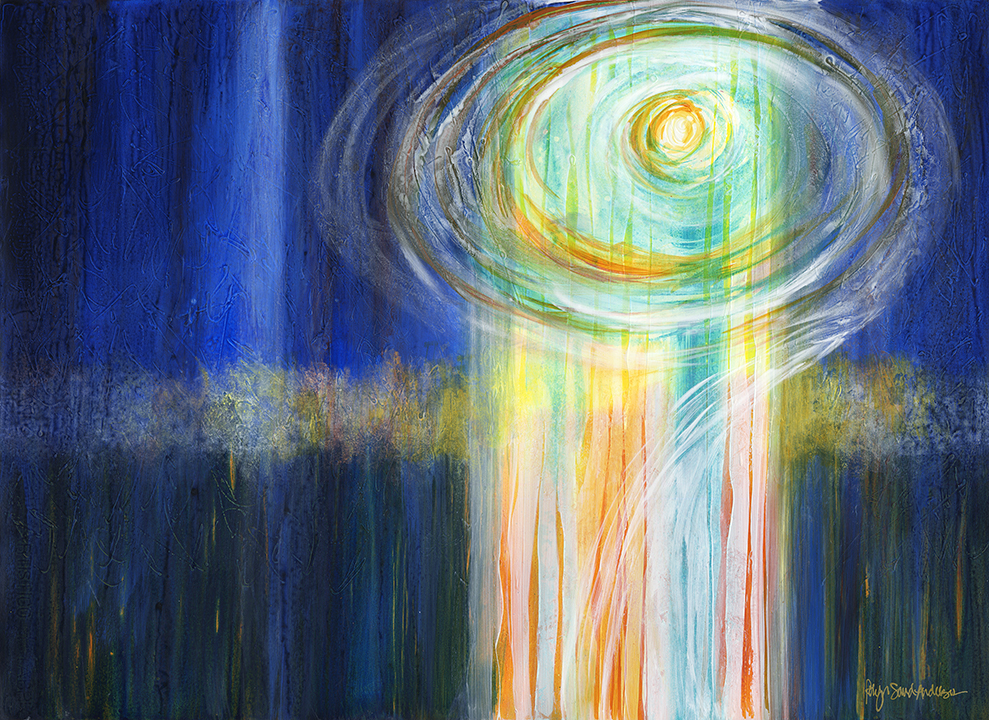
Robyn Sand Anderson, V. O Morning Star, 2016
Pårt’s “Sieben Antiphonen” is composed in German, which, if you are not a German speaker, creates some distance between the listener and the text—like a form of abstraction. How does hearing and comprehending the text of a given piece of music affect the process of image making?
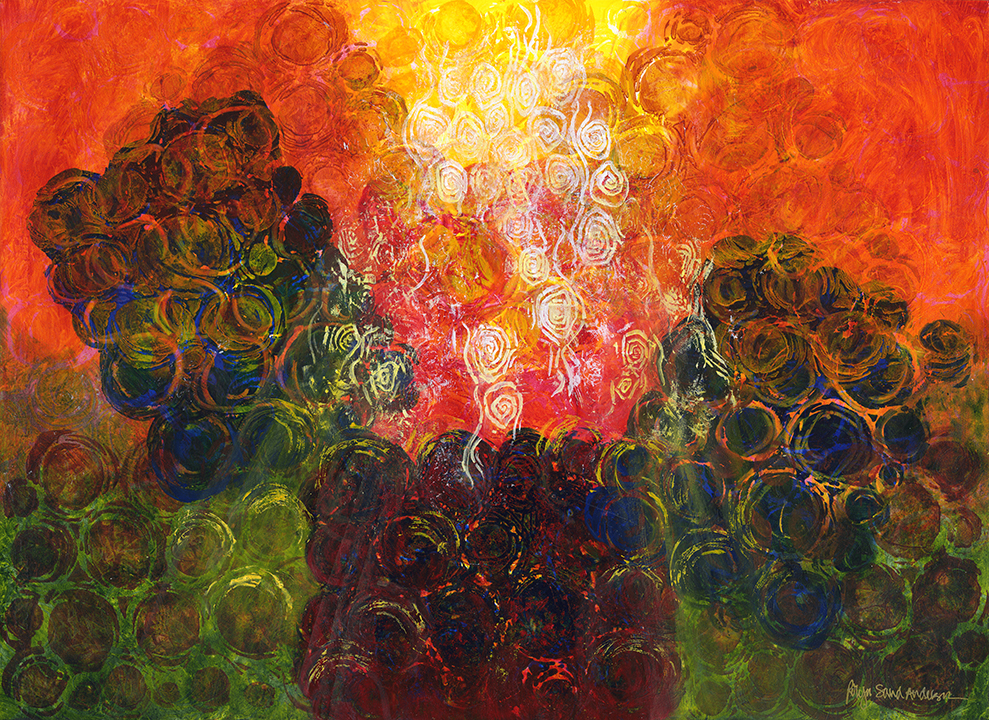
Robyn Sand Anderson, VI. O King of All People, 2016
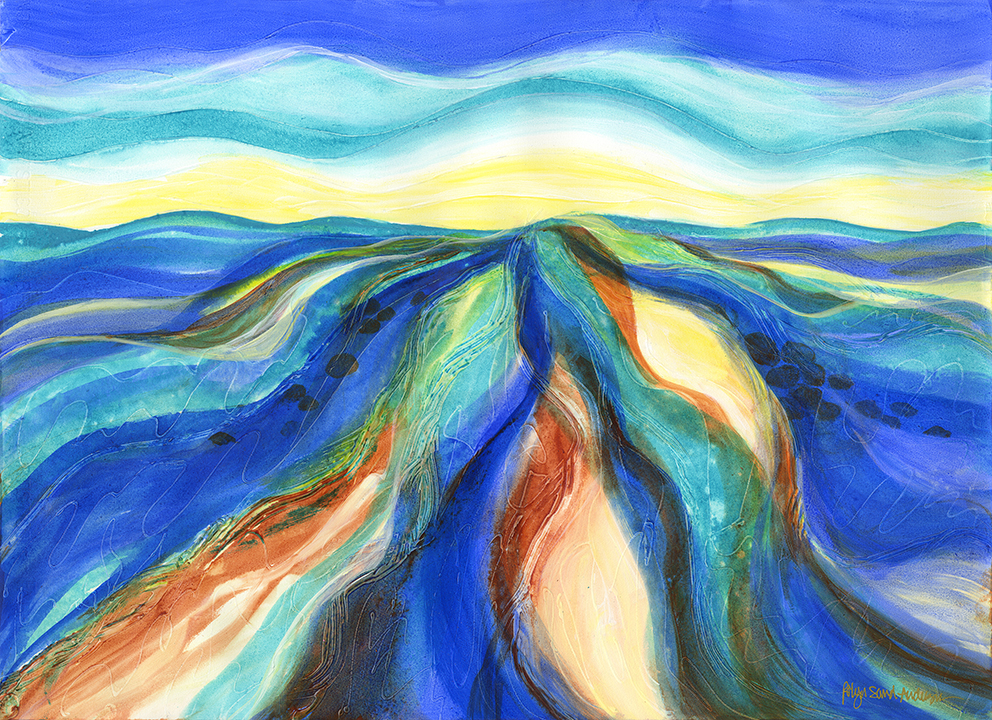
Robyn Sand Anderson, VII. O Emmanuel, 2016
Artist Bio
Robyn Sand Anderson has exhibited widely. Most recently, Anderson has been interpreting choral, orchestral and even eclectic folk music with color, movement and texture; she is drawn to the power of combining visual art and music. Her use of bright, vibrant color always moves toward hope and intends to be a visual voice for hope and healing.
The artist includes excerpts from the music which inspired these pieces on her website: www.robynsandanderson.com.

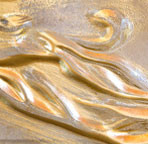
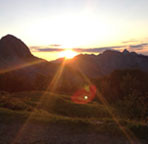
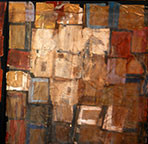
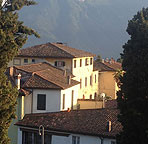
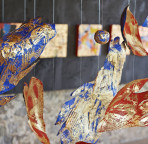
From the artist:
In some ways, it is almost helpful if I don’t understand the words when I first listen, because then it is the music itself that speaks to me without distraction. Certain notes, chords, crescendos invoke specific color, movement and light. I listen to what it makes me feel and how it makes me feel…what colors connect with those feelings. It is at this point that I look at the lyrics or the translation. The words are usually very helpful in deepening the experience for me and in interpreting what the composer has created from his/her own interpretation of the words. I will then go with the dominant color I see and feel. From there, the the painting builds. While I paint, I keep listening to the piece, so that sometimes I wake up at night with that music in my head. I reread the lyrics periodically, which centers me as I seek to interpret the music. I find the experience of interpreting music to be very filling.
Absolutely stunning! I worked in an Arts Magnet school and recall curriculum focusing on music interpretation through painting. Kids loved the freedom in it… it’s evident the freedom you find in the process is woven together with the Holy Spirit. A gift indeed! Thank you for sharing.
Thank you, Gloria. It was a gift to realize that I could combine my love for music with my art.
Gloria,
Two “wordless” languages— painting and music— what a wonderful way to nurture creativity!
Thank you, Robyn, for this insight into your process! It is so interesting that after you have first taken some time with your own associations, the text then helps to ‘center’ you as you continue to work. Thank you for sharing.